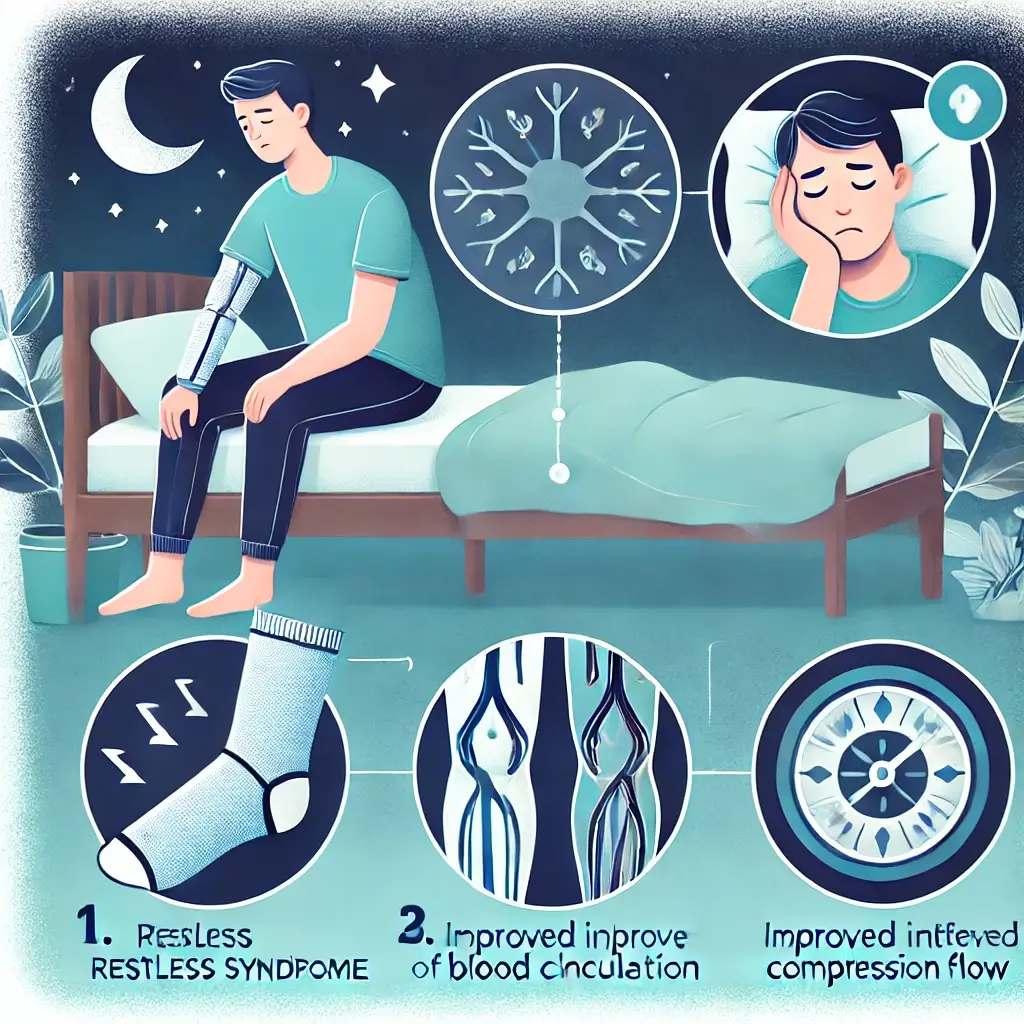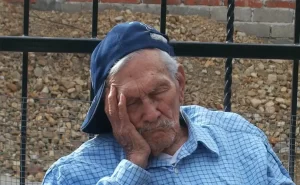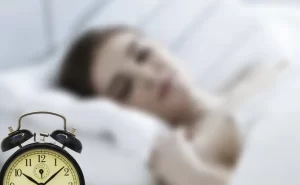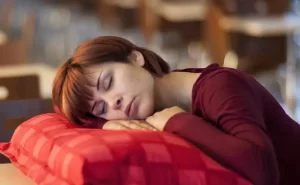Sleep Better Tonight: Research-Backed Benefits of Compression Therapy for RLS
Understanding Restless Legs Syndrome and Its Impact
Restless Legs Syndrome (RLS) is a common neurological disorder that affects millions worldwide, causing significant disruptions to daily life and sleep. Characterized by an uncontrollable urge to move the legs, often accompanied by sensations such as tingling, crawling, or itching, RLS symptoms intensify during rest, particularly at night. These symptoms disrupt sleep cycles, leaving individuals fatigued, irritable, and struggling to maintain productivity during the day.
The Role of Compression Sleeves in Treatment
While medications remain a cornerstone of treatment, their side effects and inconsistent efficacy drive many individuals to seek non-drug alternatives. Among these options, compression sleeves—garments designed to apply consistent pressure to the legs—are gaining attention for their potential to alleviate RLS symptoms and promote better sleep. This article examines the research surrounding compression therapy, practical recommendations for its use, and its role within a holistic approach to RLS management.
Research on Sleep Quality and Symptom Management
A 2018 study published in Sleep and Breathing explored the impact of compression stockings on sleep quality in individuals with RLS. Researchers found that participants who wore compression garments experienced significant improvements in their ability to fall and stay asleep. The consistent pressure applied to the legs seemed to counteract the sensory disturbances characteristic of RLS, offering much-needed relief during nighttime rest (Gilaberte et al., 2018).
Blood Flow Enhancement and Circulation Benefits
Poor circulation has long been associated with RLS symptoms, and compression therapy may address this underlying issue. A study in The Journal of Clinical Sleep Medicine (2013) highlighted how compression sleeves enhance venous return and oxygenation of leg muscles. These circulatory benefits may play a critical role in reducing the discomfort and restlessness that plague RLS sufferers (Allen & Picconi, 2013).
Understanding Tactile Stimulation Effects
The gentle, uniform pressure provided by compression sleeves serves as a form of sensory input, potentially disrupting the neurological pathways responsible for the unpleasant sensations of RLS. This tactile stimulation offers a soothing effect, making compression garments particularly effective during rest periods when symptoms peak.
Guidelines for Effective Compression Sleeve Usage
Choosing the right compression sleeve is essential for achieving optimal results. Here are some practical guidelines:
Compression Levels: Moderate compression (15-20 mmHg) is often sufficient for RLS. Consult a healthcare provider for tailored recommendations.
Material: Select breathable and moisture-wicking fabrics like spandex or nylon to ensure comfort during extended use.
Fit: Proper fit is crucial; sleeves should apply firm but not constrictive pressure. Poorly fitted garments may exacerbate symptoms.
Usage Timing: For best results, wear compression sleeves during periods of rest or overnight.
Comprehensive RLS Management Strategies
While compression sleeves can significantly alleviate symptoms, they are most effective when combined with broader management strategies:
Optimize Sleep Hygiene: Create a bedtime routine that encourages relaxation, such as reading, meditation, or light stretching. Maintain consistent sleep and wake times.
Dietary Adjustments: Minimize consumption of caffeine, alcohol, and nicotine, which can exacerbate RLS symptoms.
Regular Exercise: Engage in moderate physical activity daily, but avoid intense workouts in the evening to prevent overstimulation.
Stress Management: High stress levels can worsen RLS symptoms. Practices like mindfulness, deep breathing, or yoga can reduce stress and enhance relaxation.
Consult Your Physician: If symptoms persist or worsen, discuss advanced treatment options or diagnostic evaluations with a healthcare professional.
Final Thoughts on RLS Management
Restless Legs Syndrome can be a debilitating condition, but emerging solutions like compression sleeves provide hope for effective, non-invasive symptom relief. Backed by research showing improvements in sleep quality and circulation, compression therapy offers an accessible option for RLS sufferers seeking alternatives to medication. When integrated into a comprehensive management plan that includes lifestyle modifications and stress reduction, compression sleeves can play a pivotal role in reclaiming restful nights and enhancing quality of life.
Academic References
Gilaberte, R., Garcia-Borreguero, A., Montserrat, J. M., Ruiz, J. R., & Ochoa, E. (2018). Effectiveness of compression stockings for sleep improvement in restless legs syndrome. Sleep and Breathing, 22(3), 695–701.
Allen, R. P., & Picconi, P. M. (2013). Restless legs syndrome and periodic leg movement disorder in sleep. The Journal of Clinical Sleep Medicine, 9(11), 1217–1231.













